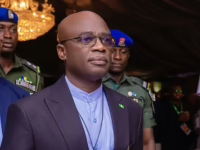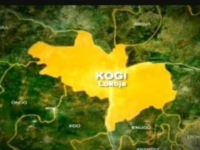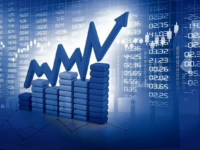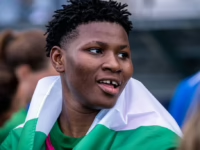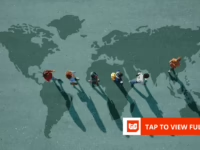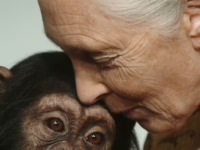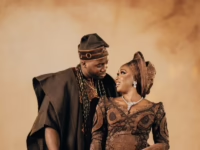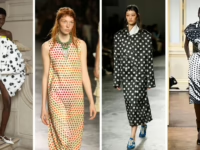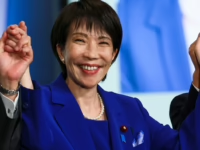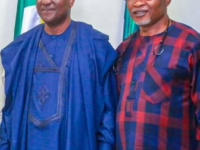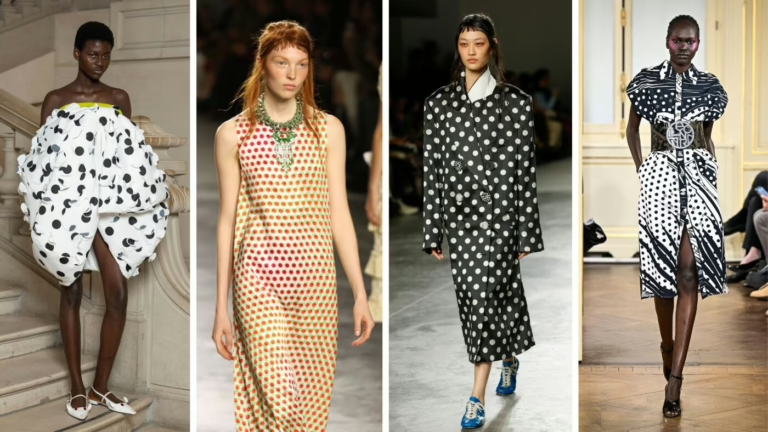Paris-based Heuritech forecasted dotted prints as a key trend, which later featured prominently on Paris Fashion Week runways.
Kiran Ridley; Olga Gasnier; Geoffroy Van Der Hasselt/AFP via Getty Images; Julien De Rosa/AFP via Getty Images/Getty Images
hide caption
toggle caption
Kiran Ridley; Olga Gasnier; Geoffroy Van Der Hasselt/AFP via Getty Images; Julien De Rosa/AFP via Getty Images/Getty Images
Fashion forecasting was once an exclusive domain, dominated by those attending prestigious runway events in cities like New York, Milan, London, and currently Paris. Influential magazine editors held the reins of trend authority, epitomized by the iconic line from the 2006 film The Devil Wears Prada: “You still don’t get it, do you? Her opinion is the only one that matters.”
Although expert voices remain influential, the landscape of trend prediction has broadened dramatically over the last ten years. Social media platforms such as TikTok, Instagram, and Pinterest have revolutionized how styles gain momentum. A recent report by Launchmetrics reveals that over 40% of consumers worldwide made at least three fashion-related purchases through social media channels in 2024.
“The volume of accessible data has certainly increased,” explained Amy Sullivan, vice president of buying and private brands at Stitch Fix, an online fashion retailer and styling service. “Social media accelerates the pace at which trends emerge and evolve.”

Given the overwhelming amount of data available, fashion professionals are increasingly turning to artificial intelligence to maintain a competitive edge.
Sullivan shared how AI recently assisted her team in choosing between a red or blue striped shirt for the upcoming spring collection.
“Previously, such decisions were often made on a whim or required ordering samples from overseas, which could take weeks and be costly,” she said. “But this time, we fed the options into AI, which generated realistic full-body images, enabling us to make a more informed choice.”
The blue stripe won out.
AI’s Role in Trend Forecasting
Artificial intelligence supports the fashion sector in multiple ways, from crafting personalized shopping experiences-like virtual try-ons-to optimizing supply chains and generating images. When it comes to predicting next season’s hits, AI sifts through vast datasets from diverse sources.
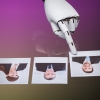
“Our technology monitors everything from runway presentations to social media chatter,” explained Noémie Voyer, head of fashion expertise at Heuritech, a Paris-based firm collaborating with brands like New Balance, Skims, and Prada. “The extensive data we analyze enables our AI to identify early trend indicators-sometimes months before they hit mainstream retail.”
Voyer noted that their algorithms accurately forecasted several trends for the upcoming year, including polka dot patterns, flat thong sandals, and the color yellow. These styles have already appeared on this year’s fashion week runways and are expected to reach mass-market stores such as Target and H&M soon.
Despite AI’s growing influence, Voyer and other industry experts agree that technology alone cannot replace human insight in fashion forecasting.
“Even with advanced AI, the human element remains crucial,” Voyer emphasized.
The Indispensable Human Touch
“AI can amplify our capabilities,” said Francesca Muston, chief forecasting officer at WGSN, a global trend forecasting company serving clients like Levi’s and Coach. “However, it requires disciplined processes and critical evaluation.”

Muston highlighted that while AI excels at forecasting inventory needs for popular items, human experts must interpret the data carefully to avoid misguided conclusions.
“Social media can make trends seem enormous overnight,” she said. “But there’s a difference between viral entertainment and actual commercial viability.”
She elaborated that a fashion post might garner significant online attention, but that doesn’t necessarily translate into consumers purchasing the item. “Will people really buy it and wear it out after work?” she questioned.






